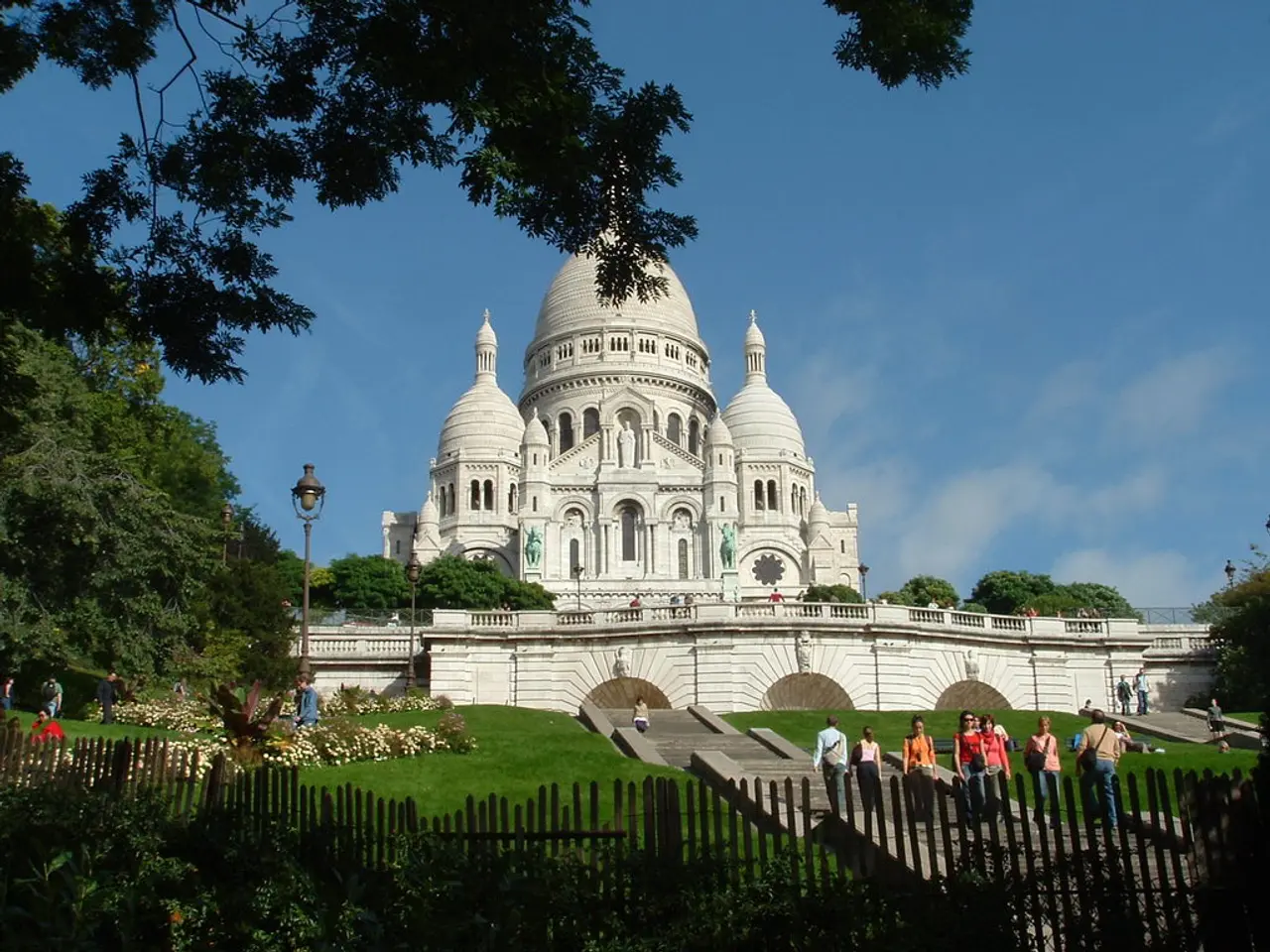Seasons' Impact on Shaping Societies
In the vast expanse of human history, societies have not followed a single, linear trajectory. For much of our existence, humans lived as hunter-gatherers, a lifestyle that continues to this day among groups such as the San of Southern Africa, certain Aboriginal Australians, the Hadza in Tanzania, and indigenous peoples in the Amazon and parts of the Arctic.
These societies offer a unique opportunity for evolutionary anthropologists to study human adaptability. By analysing environmental, cultural, and biological factors, they seek to understand how these diverse ecosystems influence survival and reproduction. Their focus is on aspects such as diet, social organization, mobility, and tool use, aiming to comprehend the evolutionary processes that shaped human flexibility and resilience.
One fascinating example of early human architecture is the use of mammoth bone houses, built by hunter-gatherers long before agriculture became prevalent. These structures, described by some archaeologists as primitive forms of public architecture, were not permanent settlements but seasonal gathering places. When dispersed groups came together to cooperate, share resources, perform rituals, and then disperse again, these mammoth bone houses served as temporary communal spaces.
The Kwakiutl, an indigenous people along the Pacific coast of what is now Canada, provide another intriguing case study. While they were hunter-gatherers, their society experienced increased inequality during the winter, with rigid hierarchies and large ceremonial events. Interestingly, individuals among the Kwakiutl even changed their names when adopting new social positions for winter ceremonies.
In contrast, the Bayaka hunter-gatherers in Central Africa live in a social world that changes throughout the year. Their homes, leadership, funerals, and other aspects transform depending on the season. For instance, the Ejengi, a ritual, becomes an intimate practice among close relatives and friends during the rainy season.
These cases invert the usual narrative, suggesting that not all monumental architecture required a ruling class. The enormous stone enclosures at Gobekli Tepe in southeastern Turkey, often interpreted as "the world's first temple", were built over 11,000 years ago by gatherers and may have been a seasonal meeting center.
The capacity for humans to negotiate their relationships through language, shared conventions, and cultural institutions allows for more flexible and often more egalitarian forms of social life compared to our primate relatives. This long social fluidity tradition of humanity puts the present in perspective, as the "western world" is an anomaly in a 300,000-year history of cultural adaptability of Homo sapiens.
In contrast to seasonal hunter-gatherers, many people in the "western world" now live in systems where inequality deepens continuously without any internal mechanism to restore balance. This stark contrast highlights the importance of studying early human societies to better understand our species' evolution and adaptability.
Lastly, it's essential to recognise that the term "Mouanga or Pela?" – meaning "dry season or rainy season?" in the Bayaka language – encapsulates the adaptability of these societies. The Bayaka's lifestyle varies significantly depending on the time of year, with changes in subsistence strategies requiring complete social reorganizations. This flexibility challenges traditional assumptions about what is "natural" for human societies, including gender roles, hierarchies, and sizes of social groups.
In conclusion, by studying societies such as the Bayaka, we can gain a deeper understanding of the adaptability and resilience that has allowed our species to thrive for hundreds of thousands of years.








